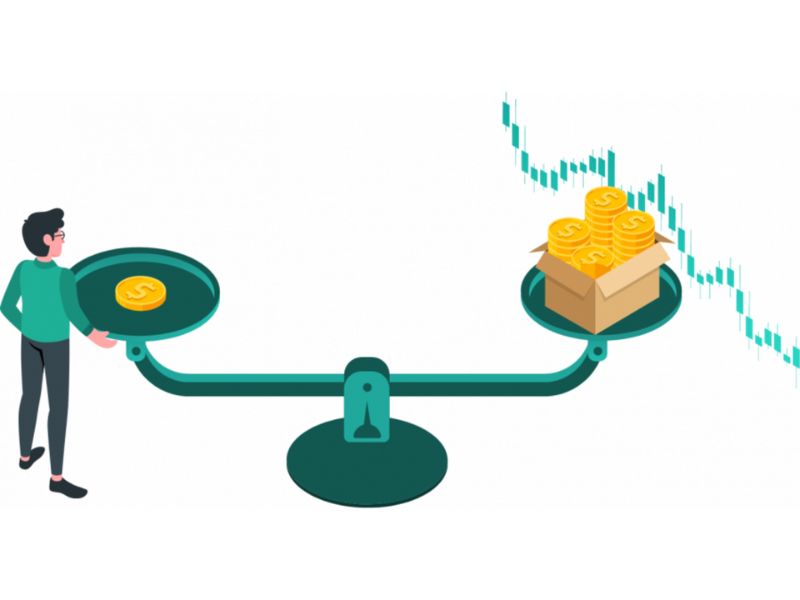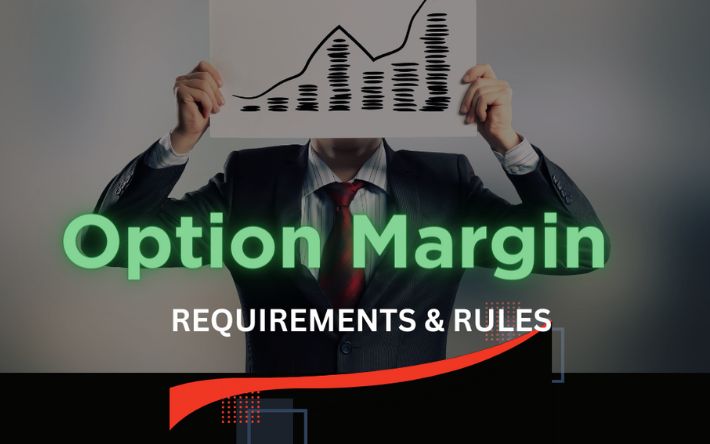Margins are an essential part of Options trading and understanding option margins help you better manage your money. It might be overwhelming to learn and calculate margin on options at first, but once you master it, you can avoid getting canceled or fines levied by the exchanges. With this blog, you will learn the requirements and rules to make the most of an option margin for maximal profits and minimal risks.

What is Option Margin
Option margin is the amount of cash or securities a trader must deposit in their account as collateral before writing or selling options. In nature, it is similar to a performance bond. Unlike futures margin, options margin is only required from traders who sell put or call options. It acts as a guarantee that should the options contract be exercised, the seller will be able to fulfill their obligations of the contract without default.
Basics of Option Margin
Margin requirements can vary based on the type of option or overall option strategy implemented. It is possible to write options contracts and use other assets as collateral instead of using cash to meet margin requirements.
Examples of this could be covered calls and covered puts where the trader owns the underlying asset which can be used as collateral instead of cash.
Trading other options structures can also offset margin requirements when including a sold option. The standard portfolio analysis of risk is the world’s leading margin system used by the majority of derivatives exchanges. It is the method used to determine margin requirements for futures and options on futures. The margin model covers 99% of anticipated price changes for all products over a given period.
The amount of margin is determined by a number of quantitative and qualitative factors including historical data, annual or seasonal patterns, product liquidity, recent or anticipated events, and changes in market dynamics. Options margin is not fixed and is revalued daily based on changes in the premium of the options contract. For example, assume a trader has sold a call option receiving a premium of a hundred dollars per lot, the premium on that option rises by forty dollars to one hundred and forty dollars. The seller of the call option will need to provide more collateral into their broker account.

Types of Margin
Initial Margin
This type of margin is done to prevent over-speculation and excessive trading as it requires the minimum amount of capital or equity that a trader must provide during purchase. This is the margin requirement that a trader talks about when dealing with margin trading. The trader can only freely use their account when there is enough margin in the account i.e. equal to or greater than the initial requirement. If the margin goes below the initial margin requirement, the trader’s account is restricted, which requires investors to bring it back to the initial level.
Maintenance Margin
This type of margin is the minimum margin amount that a trader must maintain at all times in their margin account. It helps protect both the trader and the brokerage house. When the margin goes back below the maintenance margin level, the trader will get a call initially to retrieve the position, or else the broker has the authority to sell the required equity to bring it back to the initial level. Therefore, the trader is in a situation to avoid being totally wiped out while the broker does not have to absorb excessive investor losses.
Option Trading Margin Rules
Rules for Initial Margin
By Fed regulations, the required initial margin is set at a minimum of 50% of a security’s purchase price. But the initial margin requirements can be set higher than the Fed minimum by brokerages and exchanges.
Rules for Maintenance Margin
As per FINRA requirements, the maintenance margin is currently set at 25% of the total value of the securities in a margin account.
The latest rule for options trading margin states that traders must bring in at least 50% of their options margin requirement in cash.

Option Margin Requirements
Margin For Options Buyer
Buyers of options do not have to deposit margin because the maximum risk is already known and is fully paid when purchasing the option as a premium.
Margin For Options Seller
Sellers of options contracts however can essentially be exposed to unlimited risk in exchange for limited profit potential. For example, when selling a call option no matter whether you hold the underlying asset, if the option is exercised, you are required to sell the asset to the contract holder at the strike price. You would then have to purchase it from the open market at the current market price which could be a significantly higher price than the strike price of the option written, leading to a potentially large loss. Therefore, to protect against this risk your broker will ensure you have a significant amount available in your account before you sell the options to allow you to fulfill your obligation.
How to Calculate Option Margin?
Visit this page to use the options margin calculator for computing margin.
Trading options without margin can only be done when buying options. If you need to short or write options, understanding and knowing how to calculate option margins is a must. If you are new to options trading, take a deeper dive into this world with our related blogs including:
- Options Trading 101: An Essential Guide,
- Options Trading for Beginners: Simple But Powerful Strategies,
- How Options Trading Makes Money: Optimal Guide for Traders and Investors,
- How To Become an Options Trader with 11 Tips,
- 5 Common Options Trading Strategies to Use,
- Best Options Trading Indicators That Traders Must Know in 2022.
For more tools and techniques to trade Options more profitably, also take a look at our Options trading courses. Options trading is no joke, it takes blood, sweat, and tears. But keep learning and trading as the fruits of your labor are undoubtedly sweet.


